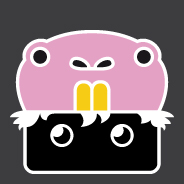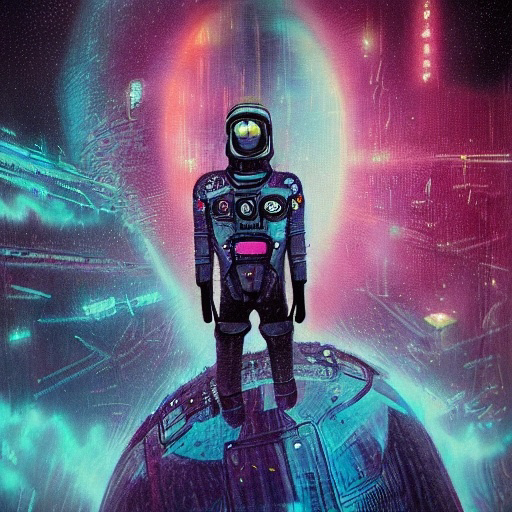And it gives them bird flu.
Yum.
Reminds me of how animal feed suppliers take expired human food, grind it up into a pulp with the plastic packaging not removed, then sell the mush to factory farms, and we get to wonder why meats contain so many microplastics
Despite mad cow disease they still did not learn anything it seems, they just don’t care about the consequences of their disgusting practices. Filthy, greedy bastards!
I worked for TV back in these days s and we interviewed some Industry lobbyists. The common blabla as the camera was on. Typically, they tell you the entire story if the camera is off. And those stories are quite complex without Good-Bad - that’s why it’s too complicated for a 20 sec news shot.
They told us that the industry is feeding dead animals to cow’s because of the needed minerals and the costs. They can easily replace it by natural minerals, but that would raise the costs of meat. And consumers mainly choose by price. I think it’s too easy to blame the customers only. The industry is responsible as well.
I learnt two points: The industry won’t change and it will happen again - with different names and issues.
Second point: I‘m part of the issue as well and if I change my way of living, it’s better for animals and nature.
(And: As journalist you become cynical after a while. What you see in TV is a fraction of reality. Reality is just too complex for TV)
They can easily replace it by natural minerals, but that would raise the costs of meat. And consumers mainly choose by price.
Because the company making slightly less money is completely unthinkable to them.
It‘s also about costs for customers and affordability. In Germany, politicians of the Green (eco) Party once mentioned the idea of a meat-free day a week at school cantinas.
You will be surprised for how many people the offering of meat stands for „a standard of living“ and not getting meat was before WW2 standards for them.
Removed by mod
In contrast to Britain and Europe, American farmers are still allowed to feed cattle and other farm animals ground-up waste from other animals including birds.
Sorry US, you’re on your own there.
Years ago they fed them with ground animal carcasses. For the minerals. Back then at the Crazy Cow (BSE) disaster. The days I became vegetarian.
They fed ground up chickens to cows, then fed ground up cows to chickens, who went back to the cows = prions. Run the cycle on repeat until there’s enough prions in the cows to burn holes in their brains, until the solid muscle matter is literally like a kitchen sponge = mad cow disease.
Prions are a super spicy protein from cannibalism. Unfortunately, any animal can make them, and prions are hard as fuck to kill, surviving a week exposed to the elements on a surface and will transfer species.
We call Mad Cow, Kuru in humans.
Cannibalism is baaaaad
You have a few bits of half understood concepts in there, at least.
Do elaborate, I’d like to learn what was wrong about their comment.
It’s a hugely simplified and slightly true version of where prions come from, to begin with. Like if a news article wanted to write something out in two sentences when it’s based on a 20,000 word paper.
God i remember that. People went: what can we doooo? We just have to eat meat, but carefully.
I was too young to just realise you can just not eat it.I ate it and I’m still kicking
“In the UK and EU, feeding cows proteins from other animals has been tightly regulated since the outbreak of BSE – or ‘mad cow disease’ – 30 years ago.”
- years. ago.
We also made cows cannibals and we got mad cows disease. I truly recommend this podcast about mad cow disease:
https://www.bbc.co.uk/sounds/brand/m001rrhy
The Covid-19 pandemic has been one of the weirdest things any of us has lived through. But there was another sickness that once stalked the nation and turned things very strange for a while. In the 1990s Britain was hit by an epidemic of a fatal neurological disease in cows that also killed 178 humans. Science was split between government assurances of safety and dissidents warning of disaster. Trust in officials took a battering. Facts became blurred. And the grisly truth about our global industrialised meat industry was revealed. 30 years on, scientists and activists are still searching for answers to two big questions - where did mad cow disease originally come from and how did humans get infected? This crazy tale of cannibal cows, competing origin theories, and scientific dead ends lives on as the madness continues to spread.
deleted by creator





